In my previous post, besides other things, I discussed antioxidants like Vitamin C and their radiation protective properties (aka radioprotective). Ionizing radiation like the kind leaked from Fukushima can set off a free radical chain reaction in human tissue. Unattached Oxygen molecules start bouncing around as if they were the ball in a pin ball game leaving cellular damage all along it’s destructive path. This process is called oxidation and creates bad guys called free radicals. Hence, antioxidants reduce the toxic effects of free radical damage from radiation by neutralizing them.
Vitamin C and her sister, Vitamin E, work together in a synergistic manner, which actually increases the antioxidant power of this free radical scavenger team. It’s like one plus one equals three.
Some foods high in Vitamin E and its anti oxidant properties are nuts and seeds as well as the oils derived from them. Almonds, peanuts, sunflower seeds and hazelnuts are all packed with Vitamin E. But the King Of All Nuts, or King Nut, are walnuts. Their antioxidants are both higher quality and more healthful than all other nuts. That’s not just me saying this. In a scientific study just published on March 27, 2011 at the American Chemical Society Annual Meeting, it was reported that walnuts have over twice as many antioxidants than any other nut.
Dr. Vinson, from the University of Scranton in Pennsylvania stated that raw nuts have more antioxidants than roasted ones, since heat destroys some nutrients. He said that all it takes is seven raw walnuts a day to get the most health benefits.
Other foods high in Vitamin E are wheat germ, sunflower seeds, and oils such as walnut, safflower and corn. Spinach, broccoli and mangoes are good choices as well.
Radioprotective properties have been discovered in members of the Allium vegetable family. The Allium family includes garlic, onions, leeks, scallions and chives to name a few. An Indian study reported garlic showed significant radio protective effects on irradiated test animals. They noted that the animals fed garlic had remarkably reduced mortality as well as increased protection against tissue damaging irradiation.
Check out Julie and I discussing garlic and other foods taped in January 2001.
Here’s my recipe for today using only organic ingredients. I am a big picture guy so you need to figure out your own quantities.
Food To The Rescue Vegetable Overture
Lightly sauté garlic, onions and leeks in safflower oil. Do not over cook. Add gently blanched broccoli and fresh spinach. Once the spinach starts to wilt remove from the flame and add some dulse (a seaweed). Sprinkle raw walnuts and sunflower seeds. For dessert serve mango and orange slices.
Julie and I purchased all of these ingredients yesterday at our local farmers market. Everything is organic at this particular one. We add fresh asparagus, tomatoes with basil and rosemary topping off the whole dish with sunflower sprouts.
Ounce for ounce this is one power packed potion for Nuke Protection. Antioxidant rich fresh organic vegetables and fruits should play a central role in your health plan.
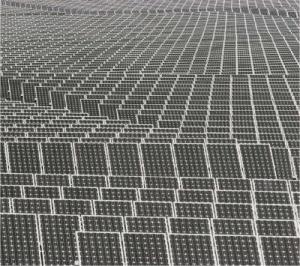 “Don’t it always seem to go. That you don’t know what you’ve got till it’s gone. They paved paradise. And put up a parking lot.” Famous lyrics from the song Big Yellow Taxi by Joni Mitchell. How do these lyrics relate to Solar Farms you might be asking yourself?
“Don’t it always seem to go. That you don’t know what you’ve got till it’s gone. They paved paradise. And put up a parking lot.” Famous lyrics from the song Big Yellow Taxi by Joni Mitchell. How do these lyrics relate to Solar Farms you might be asking yourself?

 The waiter opens with, “Tonight’s seafood special is a fillet of lightly grilled Organic Maine Salmon in a USDA Organic Reduction Sauce consisting of the essence of Organic Lemon and Organic Artisanal Extra Virgin Olive Oil from the Messina region of north east Sicily and finished in the oven…” I stopped listening at the Organic Salmon part. “What is Organic Salmon and who says its Organic?” I ask. He replies, “our highly renowned fishmonger, of course”. I placed my order for the “Organic Salmon” all the while questioning myself on how a fish could be certified as organic.
The waiter opens with, “Tonight’s seafood special is a fillet of lightly grilled Organic Maine Salmon in a USDA Organic Reduction Sauce consisting of the essence of Organic Lemon and Organic Artisanal Extra Virgin Olive Oil from the Messina region of north east Sicily and finished in the oven…” I stopped listening at the Organic Salmon part. “What is Organic Salmon and who says its Organic?” I ask. He replies, “our highly renowned fishmonger, of course”. I placed my order for the “Organic Salmon” all the while questioning myself on how a fish could be certified as organic. Most of us have heard all the stories on U.S. Water Boarding. But have you heard about the Chinese Wall Boarding of thousands of US citizens? Outrageous you might be saying but please hear me out. Thousands of US citizens are truly being tortured by Chinese Wall Boarding today, which is destroying their health, wealth and future.
Most of us have heard all the stories on U.S. Water Boarding. But have you heard about the Chinese Wall Boarding of thousands of US citizens? Outrageous you might be saying but please hear me out. Thousands of US citizens are truly being tortured by Chinese Wall Boarding today, which is destroying their health, wealth and future.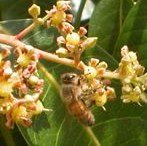

 It happens to me every time I go to a party or gathering with Julie. Someone always brings up some permutation of an issue regarding the alternative lifestyle in order to, “pick my brain”. I guess these issues are all over the media, making people wonder about them. That’s great. At a recent gathering I was surrounded by several couples that wanted my point of view. They wanted to know which produce, local or organic, was better for the environment. The discussion heated up very quickly as I realized I was being ambushed. They were all Local Yokels and I am an Organic Fanatic.
It happens to me every time I go to a party or gathering with Julie. Someone always brings up some permutation of an issue regarding the alternative lifestyle in order to, “pick my brain”. I guess these issues are all over the media, making people wonder about them. That’s great. At a recent gathering I was surrounded by several couples that wanted my point of view. They wanted to know which produce, local or organic, was better for the environment. The discussion heated up very quickly as I realized I was being ambushed. They were all Local Yokels and I am an Organic Fanatic.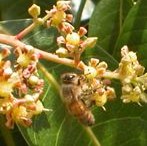


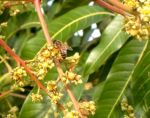








 A few years ago, when I started my personal care company, BeeCeuticals Organics, I contacted several manufacturers to produce products according to my specs. I was interested in using only natural and organic ingredients. Our discussions about the ingredients were going well until the subject of scent came up. Scents play an important role in skin care products by working together with the other ingredients. As I learned later on, scents can be harmful too; it all depends on the source.
A few years ago, when I started my personal care company, BeeCeuticals Organics, I contacted several manufacturers to produce products according to my specs. I was interested in using only natural and organic ingredients. Our discussions about the ingredients were going well until the subject of scent came up. Scents play an important role in skin care products by working together with the other ingredients. As I learned later on, scents can be harmful too; it all depends on the source.
 By Richie Gerber
By Richie Gerber




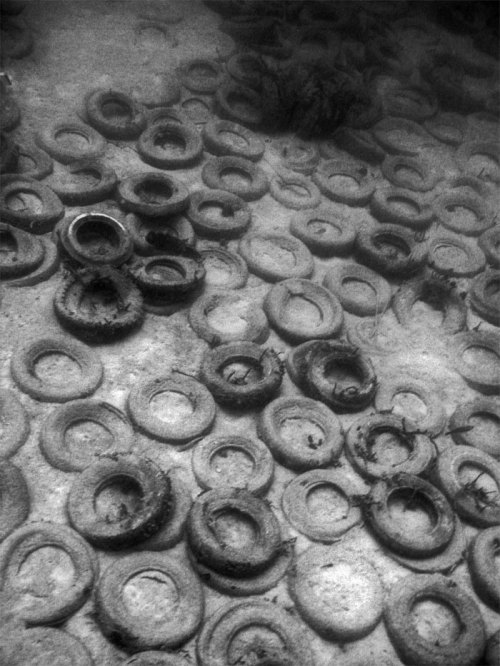


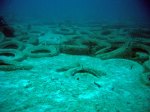



 By Richie Gerber
By Richie Gerber




